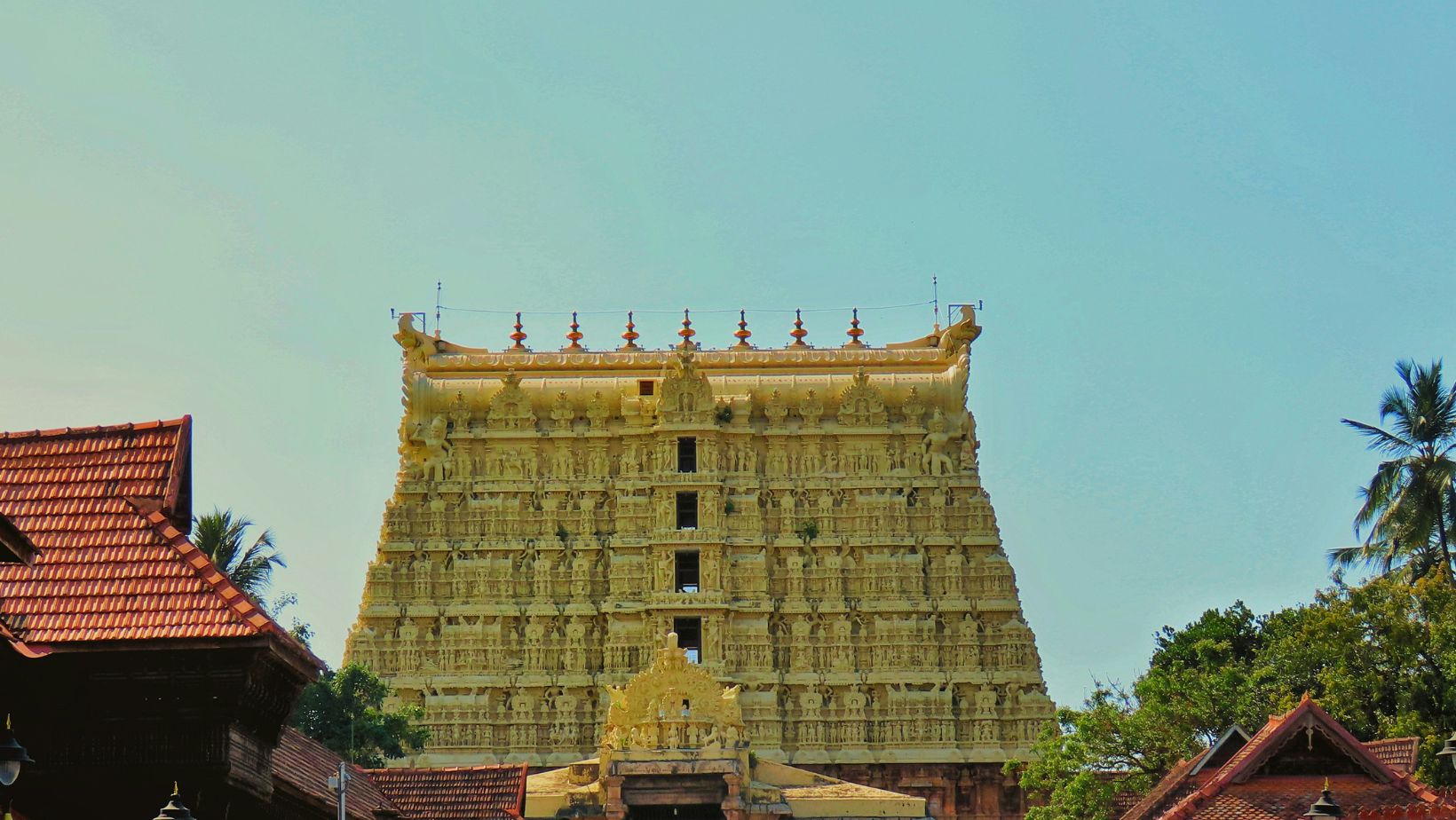Indian cuisine is a vibrant tapestry of flavors, colors, and aromas. It reflects the country’s rich cultural heritage and diverse geography. With its deep-rooted history and intricate use of spices, Indian food has gained global recognition. It is known for its complexity and variety. From the spicy curries of the south to the rich, creamy gravies of the north, Indian cuisine offers an unparalleled gastronomic experience. This article delves into the historical origins, regional variations, staple ingredients, and popular dishes that define Indian cuisine.
Historical Evolution of Indian Cuisine
The evolution of Indian cuisine spans centuries of cultural exchanges, invasions, and trade influences. Ancient texts such as the Vedas and epics like the Mahabharata and Ramayana reference a diet based on grains, dairy, fruits, and vegetables. The rise of Buddhism and Jainism encouraged vegetarianism, significantly influencing the cuisine.
Foreign invaders introduced new ingredients and cooking techniques. The Mughals brought Persian and Middle Eastern influences, giving rise to Mughlai cuisine. This cuisine features rich gravies, kebabs, and biryanis. European colonizers, particularly the Portuguese and the British, introduced ingredients like potatoes, tomatoes, and chili peppers. These ingredients are now indispensable in Indian cooking.
Regional Variations in Indian Cuisine
India’s vast geographical and cultural diversity has led to distinct regional cuisines. Each region has a unique flavor profile and culinary traditions. The country’s cuisine can be broadly classified into North Indian, South Indian, East Indian, and West Indian cuisines.
1. North Indian Cuisine
North Indian cuisine features rich, creamy curries and tandoori dishes. Dairy products such as ghee, butter, and yogurt play a significant role. Popular dishes include butter chicken, dal makhani, paneer tikka, and naan. Spices such as garam masala, cumin, and coriander dominate the flavors. People in this region prefer wheat-based staples like chapati and paratha over rice.
2. South Indian Cuisine
South Indian cuisine is known for its use of rice, lentils, coconut, and spices. Fermented dishes like idli, dosa, and uttapam are staple breakfast options. These dishes are often served with sambar and chutneys. The use of tamarind, curry leaves, mustard seeds, and dried red chilies enhances flavors. Some notable South Indian dishes include rasam, chettinad chicken, and kerala-style fish curry.
3. East Indian Cuisine
The cuisine of East India relies on freshwater fish, rice, and mustard oil. Bengali cuisine is famous for its fish preparations like macher jhol, shorshe ilish, and rosogolla for dessert. The use of panch phoron (a blend of five spices) is a distinctive feature. Assamese cuisine incorporates a variety of fermented foods. Odisha’s cuisine includes specialties like dalma and chenna poda.
4. West Indian Cuisine
West Indian cuisine varies from the spicy and tangy dishes of Maharashtra to the vegetarian delights of Gujarat and Rajasthan. Maharashtrian food features vada pav, puran poli, and pav bhaji. Rajasthani cuisine includes dal baati churma, gatte ki sabzi, and laal maas. Gujarati food is primarily vegetarian and includes sweet and savory combinations like dhokla, khandvi, and thepla.
Essential Ingredients and Spices in Indian Cooking
Indian cooking relies on an extensive array of spices and ingredients. These elements add depth and complexity to the dishes. Some of the most commonly used ingredients include:
- Spices: Turmeric, cumin, coriander, cardamom, cloves, mustard seeds, fenugreek, cinnamon, and asafoetida (hing) are essential.
- Pulses and Legumes: Lentils (dal), chickpeas, black gram, and kidney beans are the backbone of Indian vegetarian dishes.
- Grains: Rice, wheat, millet (bajra), and sorghum (jowar) are staple grains.
- Dairy Products: Ghee (clarified butter), yogurt, paneer (cottage cheese), and buttermilk enhance flavors.
- Herbs and Aromatics: Curry leaves, mint, coriander, ginger, garlic, and onions are widely used.
Popular Indian Dishes and Their Significance
Indian cuisine boasts a diverse array of dishes. These dishes are celebrated both nationally and internationally. Some of the most iconic ones include:
- Biryani: A fragrant rice dish cooked with spices, saffron, and either meat, seafood, or vegetables. Variations include Hyderabadi, Lucknowi, and Kolkata biryani.
- Chaat: Popular street food items like pani puri, bhel puri, and aloo tikki are enjoyed across India.
- Rogan Josh: A signature dish from Kashmir, this slow-cooked mutton curry is infused with aromatic spices and Kashmiri red chilies.
- Dhokla: A steamed, spongy snack from Gujarat made with fermented chickpea flour batter.
- Makki di Roti & Sarson da Saag: A traditional Punjabi dish consisting of maize flour flatbreads served with mustard greens curry.
Influence on Global Food Culture
Indian cuisine has had a significant impact on global culinary trends. Indian restaurants thrive in countries like the United Kingdom, the United States, Canada, and Australia. Dishes like chicken tikka masala, butter chicken, and samosas have gained worldwide popularity. Indian spices and cooking techniques influence international cuisines. Fusion dishes blend Indian flavors with other culinary traditions.
The Future of Indian Cuisine
With the rise of health-conscious eating, Indian cuisine is evolving. The use of plant-based ingredients, millet-based dishes, and healthier cooking techniques is increasing. Additionally, the integration of Indian flavors into global fast food and fine dining continues to expand its reach.
Conclusion
Indian cuisine is an extraordinary blend of tradition, diversity, and innovation. The extensive use of spices, variety of regional flavors, and rich history make it one of the most cherished culinary traditions. Whether it’s a simple home-cooked meal or an elaborate feast, Indian food continues to bring people together. Every bite is a celebration of culture and flavor.










